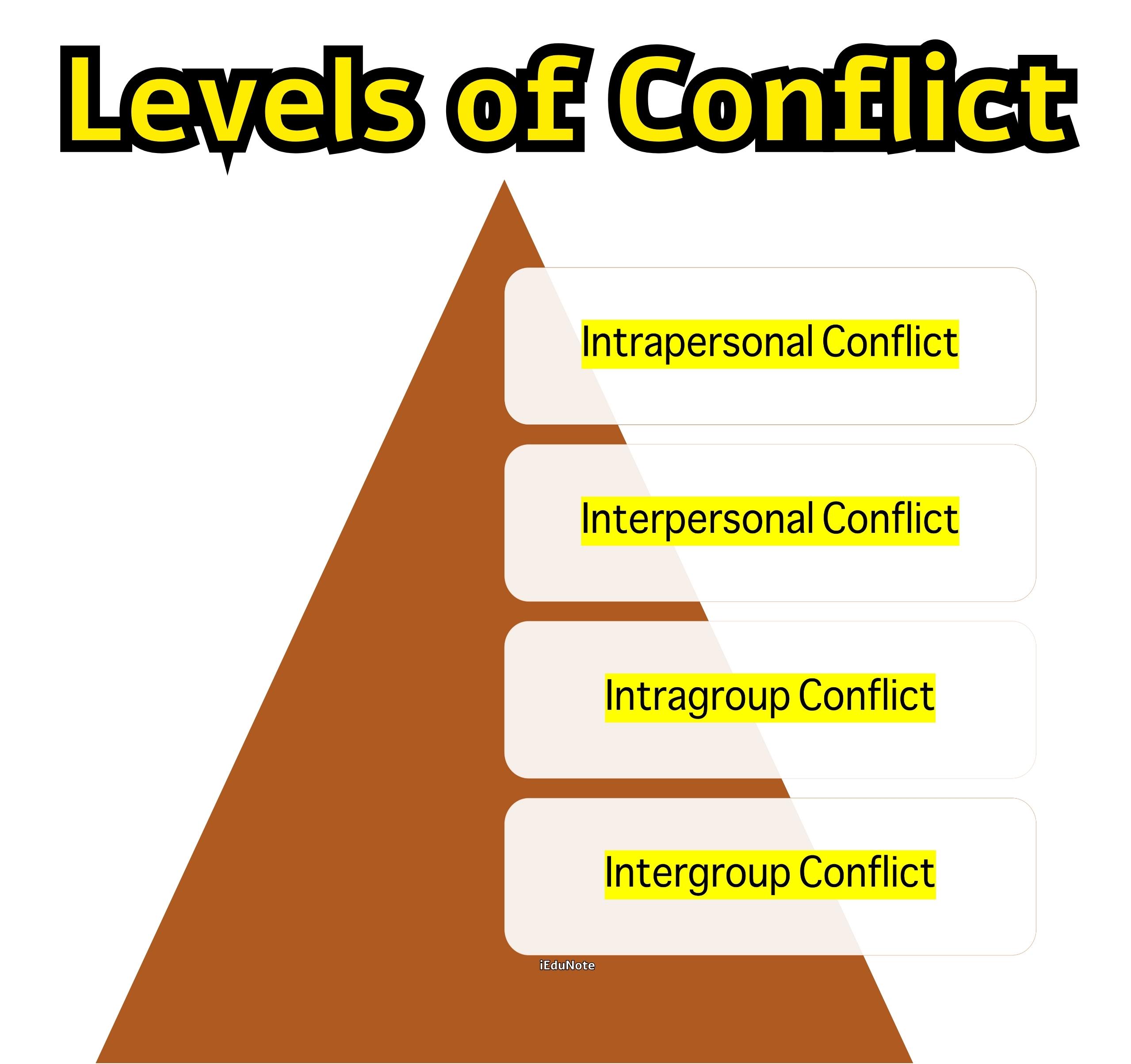The term “alternative dispute resolution” or “ADR” is often used to describe a wide variety of dispute resolution mechanisms that are short of, or alternative to, full-scale court processes.
The term can refer to everything from facilitated settlement negotiations, in which disputants are encouraged to negotiate directly with each other prior to some other legal process, to arbitration systems or mini-trials that look and feel very much like a courtroom process.
Processes designed to manage community tension or facilitate community development issues can also be included within the fabric of ADR.
Categories of ADR Systems
ADR systems may be categorized generally as negotiation, conciliation, mediation, or arbitration systems. Negotiation systems create a structure to encourage and facilitate direct negotiation between parties to a dispute without the intervention of a third party.
Mediation and conciliation systems are very similar in that they interject a third party between the disputants, either to mediate a specific dispute or to reconcile their relationship.
Mediators and conciliators may simply facilitate communication or help direct and structure a settlement, but they do not have the authority to decide or rule on a settlement. Arbitration systems authorize a third party to decide how a dispute should be resolved.
Binding vs. Non-Binding ADR
It is important to distinguish between binding and non-binding forms of ADR. Negotiation, mediation, and conciliation programs are non-binding and depend on the willingness of the parties to reach a voluntary agreement. Arbitration programs may be either binding or non-binding.
Binding arbitration produces a third-party decision that the disputants must follow even if they disagree with the result, much like a judicial decision. Non-binding arbitration produces a third-party decision that the parties may reject.
Mandatory vs. Voluntary ADR Processes
It is also important to distinguish between mandatory processes and voluntary processes. Some judicial systems require litigants to negotiate, conciliate, mediate, or arbitrate prior to court action.
ADR processes may also be required as part of a prior contractual agreement between parties. In voluntary processes, submission of a dispute to an ADR process depends entirely on the will of the parties.
A Brief History of ADR
Dispute resolution outside of courts is not new; societies world-over have long used non-judicial, indigenous methods to resolve conflicts. What is new is the extensive promotion and proliferation of ADR models, wider use of court-connected ADR, and the increasing use of ADR as a tool to realize goals broader than the settlement of specific disputes.
The ADR Movement in the United States
The ADR movement in the United States was launched in the 1970s, beginning as a social movement to resolve community-wide civil rights disputes through mediation and as a legal movement to address increased delay and expense in litigation arising from an over-crowded court system.
Ever since, the legal ADR movement in the United States has grown rapidly and has evolved from experimentation to institutionalization with the support of the American Bar Association, academics, courts, the U.S. Congress, and state governments.
For example, in response to the 1990 Civil Justice Reform Act requiring all U.S. federal district courts to develop a plan to reduce cost and delay in civil litigation, most district courts have authorized or established some form of ADR.
Court-Connected ADR and its Innovations
Innovations in ADR models, expansion of government-mandated, court-based ADR in state and federal systems, and increased interest in ADR by disputants have made the United States the richest source of experience in court-connected ADR.
While the court-connected ADR movement flourished in the U.S. legal community, other ADR advocates saw the use of ADR methods outside the court system as a means to generate solutions to complex problems that would better meet the needs of disputants and their communities, reduce reliance on the legal system, strengthen local civic institutions, preserve disputants’ relationships, and teach alternatives to violence or litigation for dispute settlement.
Community-Based ADR Projects
In 1976, the San Francisco Community Boards program was established to further such goals. This experiment has spawned a variety of community-based ADR projects, such as school-based peer mediation programs and neighborhood justice centers.
ADR in the Commercial Sector
The 1980s, demand for ADR in the commercial sector began to grow as part of an effort to find more efficient and effective alternatives to litigation.
Since this time, the use of private arbitration, mediation, and other forms of ADR in the business setting has risen dramatically, accompanied by an explosion in the number of private firms offering ADR services.
The Characteristics of ADR Approaches
Although the characteristics of negotiated settlement, conciliation, mediation, arbitration, and other forms of community justice vary, all share a few common elements of distinction from the formal judicial structure. These elements permit them to address development objectives in a manner different from judicial systems.
Informality
Most fundamentally, ADR processes are less formal than judicial processes.
In most cases, the rules of procedure are flexible, without formal pleadings, extensive written documentation, or rules of evidence. This informality is appealing and important for increasing access to dispute resolution for parts of the population who may be intimidated by or unable to participate in more formal systems.
It is also important for reducing the delay and cost of dispute resolution. Most systems operate without formal representation.
Application of Equity
Equally important, ADR programs are instruments for the application of equity rather than the rule of law. Each case is decided by a third party or negotiated between disputants themselves based on principles and terms that seem equitable in the particular case rather than on uniformly applied legal standards.
ADR systems cannot be expected to establish legal precedents or implement changes in legal and social norms. ADR systems tend to achieve efficient settlements at the expense of consistent and uniform justice.
In societies where large parts of the population do not receive any real measure of the overall system of justice, ADR can mitigate the problems by;
- ensuring that disputants have recourse to formal legal protections if the result of the informal system is unfair, and
- by monitoring the outcomes of the informal system to test for consistency and fairness.
Direct Participation and Communication Between Disputants
Other characteristics of ADR systems include more direct participation by the disputants in the process and in designing settlements, more direct dialogue and opportunity for reconciliation between disputants, potentially higher levels of confidentiality since public records are not typically kept, more flexibility in designing creative settlements, less power to subpoena information, and less direct power of enforcement.
Even in the United States, where ADR systems have been used and studied more extensively than in most developing countries, the impact of these characteristics is not clear. Many argue, however, that compliance and satisfaction with negotiated and mediated settlements exceed those measures for court-ordered decisions.
The participation of disputants in the settlement decision, the opportunity for reconciliation, and the flexibility in settlement design seem to be important factors in the higher reported rates of compliance and satisfaction.

